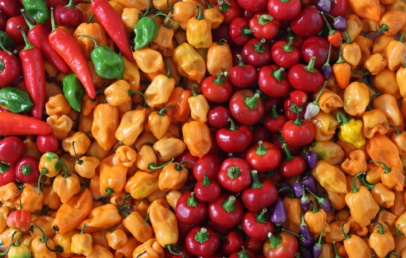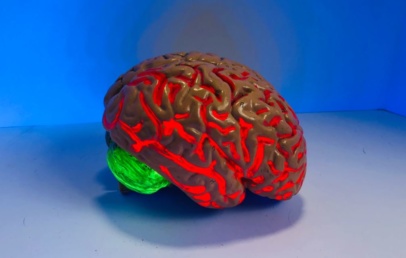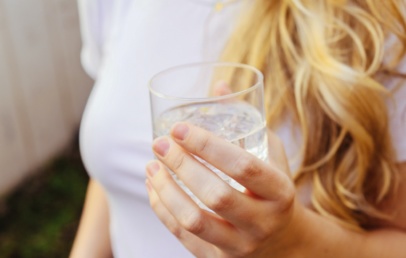
It’s a little more complicated than just cutting fats.
Cholesterol is one of those extremely nebulous bodily cast members that no one is quite sure what to do with, but is reasonably sure that it’s bad for you. Just like any other function of the body, cholesterol does have a designated purpose, and can also be hazardous in excess. Cholesterol is a fat-like substance that creates membranes for your cells, produces hormones, helps metabolize vitamin D, and produces digestive fluids. If you have too much, it can damage and clog your arteries, which in turn raises your risk of things like heart disease and strokes.
Since your liver naturally produces all the cholesterol your body needs, overindulging in it from outside sources can obviously be hazardous. The problem is that nobody can seem to agree on how to do that. The first assumption is to reduce fat intake by cutting out things like eggs and saturated fat, and replacing them with healthy fats. That helps, sure, but it’s not really enough on its own.
In the first place, there are actually two kinds of cholesterol: HDL, or “good” cholesterol, and LDL, or “bad” cholesterol. HDL’s job is to remove LDL from your body, but certain dietary habits like overconsumption of sugar can lower your HDL levels while leaving your LDL levels untouched. Without enough HDL, the LDL will run free in your arteries, so cutting out added sugar is a good way to keep yourself in check. Additionally, fiber plays a vital role in your LDL cholesterol levels, soluble fiber to be precise. Studies have shown that consuming soluble fiber from things like oatmeal, beans, and apples directly lowers your body’s LDL levels.
Your body’s management of cholesterol is a very complicated process, but you can influence how cleanly it runs with the right diet.




